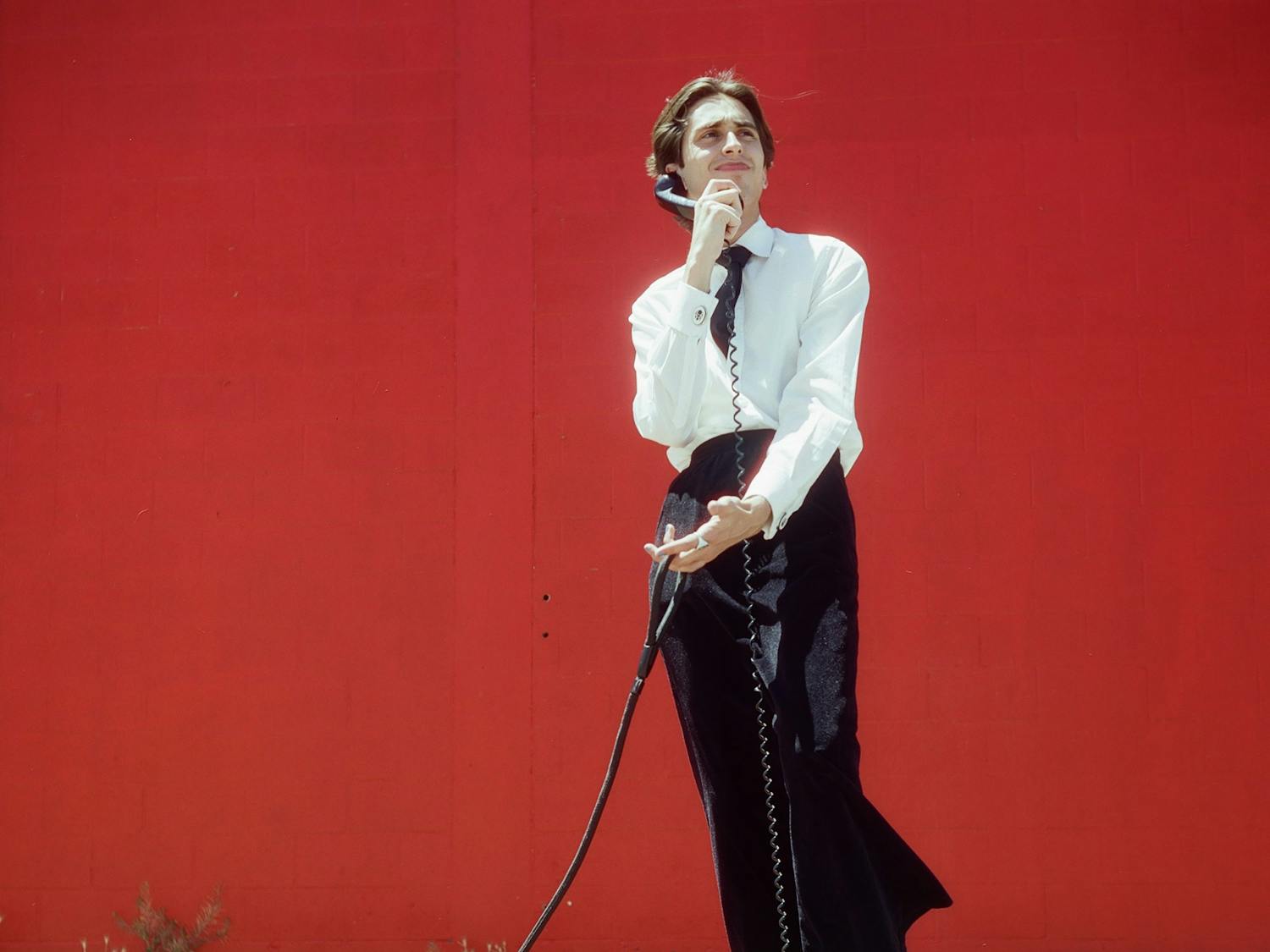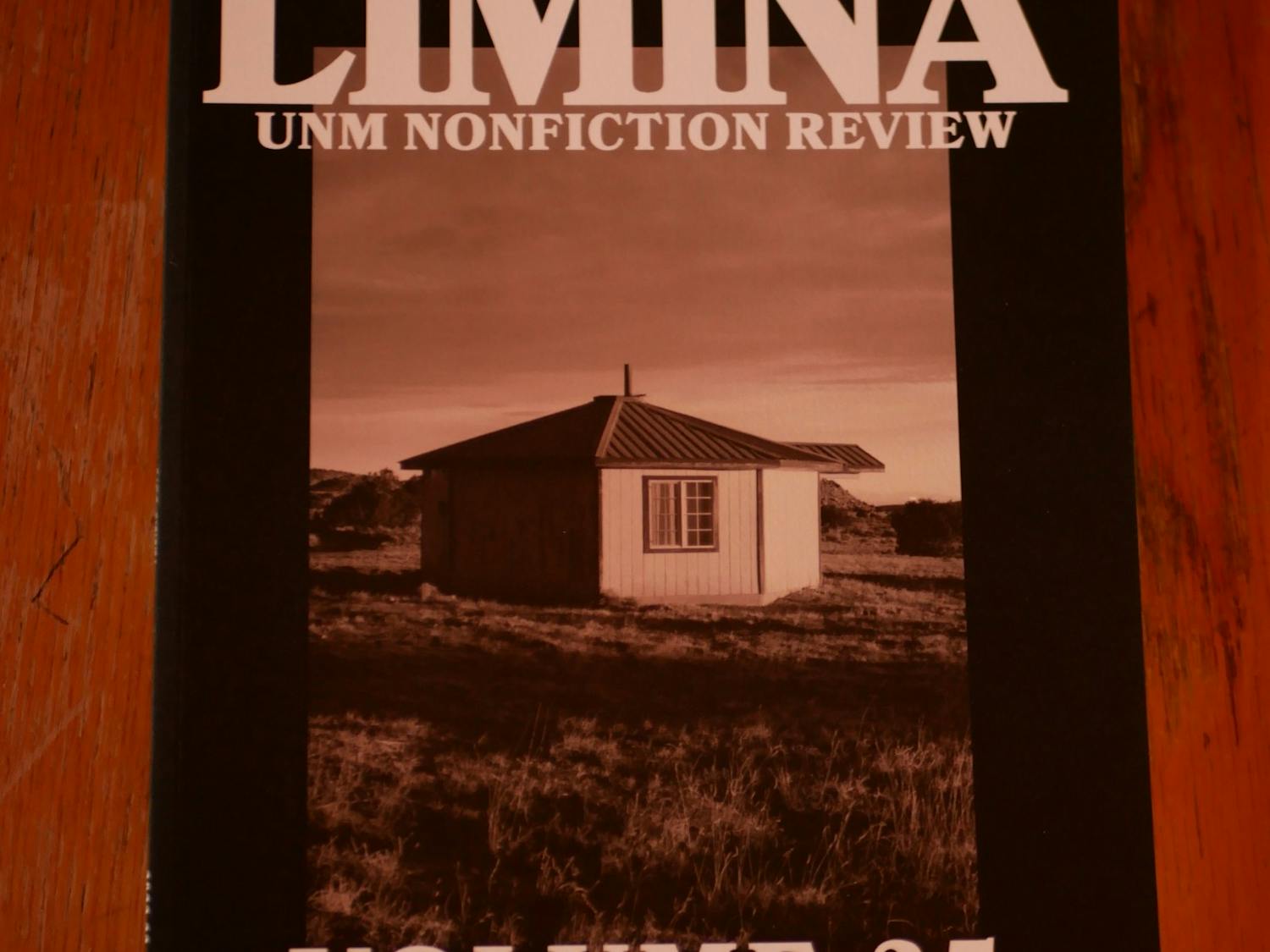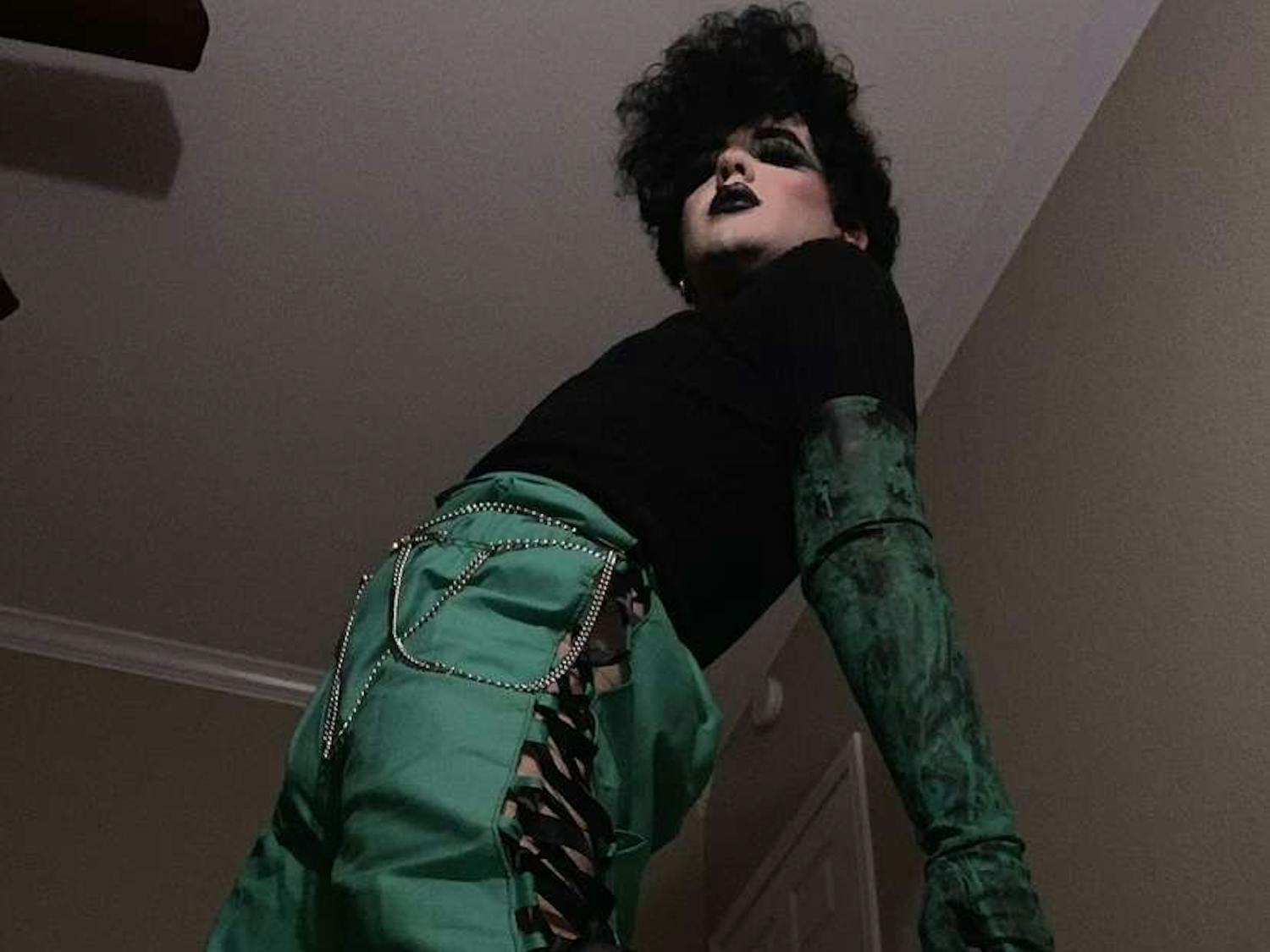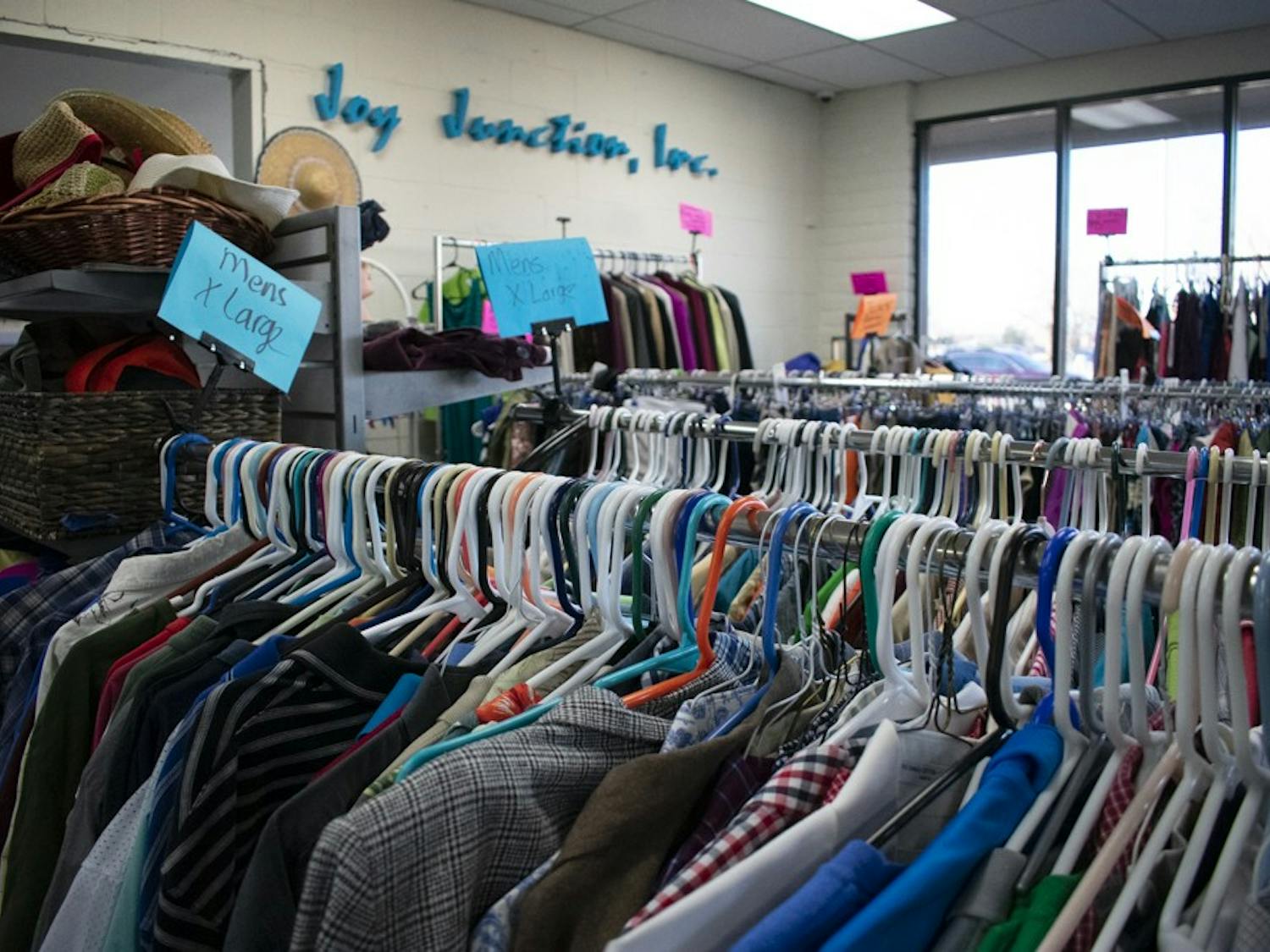UNM senior leaves a legacy with student publications
Jordyn Bachmann | May 8During his four years as an undergraduate, John Scott has played a large role in the beating heart that is UNM student publications. He served as editor-in-chief of the Daily Lobo, while he simultaneously worked as the digital editor of Scribendi, an editor of Limina: UNM Nonfiction Review and an artist and creator outside of his studies.








